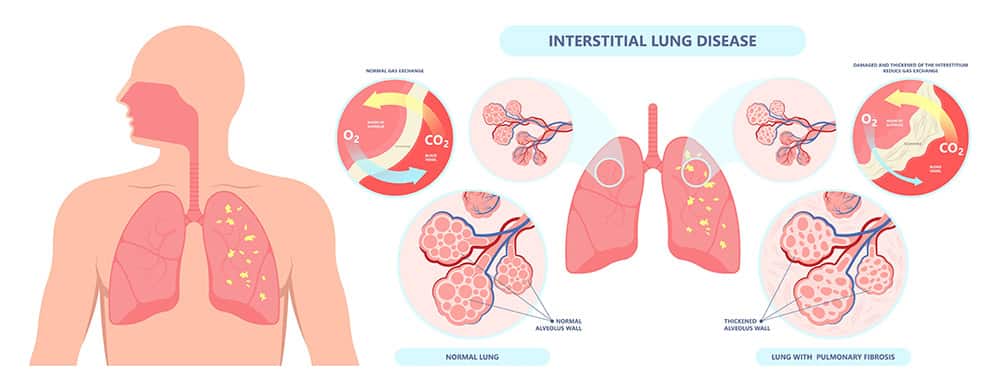How is Asbestos Disposed?
Disposing of asbestos is a highly regulated process due to the health risks associated with exposure to asbestos fibers. Proper …

Worried that you might have been exposed to asbestos? Unsure how to tell if you’ve been affected? It’s a concern for many people, especially those whose work involved working in close proximity to asbestos – builders, plumbers, electricians – or those who have been exposed to high doses of the dust, such as the emergency crews and volunteers at Ground Zero. Even family members of those people are at higher risk, from asbestos fibres brought home on clothing, shoes or in hair.
Asbestos is such a dangerous material because of its fibrous nature. When damaged, cut or torn, tiny fibres break off from the main material and are easily breathed in. Although so small as to pass unnoticed down your windpipe, once in the lungs they are razor sharp and scratch the inner lining of your lungs, causing scarring, inflammation and long-term breathing difficulties (a condition known as asbestosis). Asbestos exposure has also been attributed to mesothelioma, a rare cancer of the lung lining, as well as throat, larynx and more general lung cancer – though high or prolonged levels of exposure are often the main risk factor for these conditions. As of 2019, according to the HSE (Health and Safety Executive), there were around 2,900 deaths every year from asbestos-related diseases, though this was a seven percent decrease on the previous six-year average.
The major difficulty with the treatment of asbestosis is that symptoms take a long time to develop – anything from 10-40 years, though it’s most commonly 20-30 years after initial exposure. This lag making it harder for medical professionals to be sure of the cause. Many symptoms initially look and feel like those of a typical cold or flu, and only prolonged issues tend to get investigated for asbestosis, unless you are aware of being in a job or situation where exposure could have occurred.
Being a natural material found in rocks, it’s logical yet rarely acknowledged that there are low levels of asbestos all around us, in the air, water and soil. These background levels are not enough to pose any medical issues – it is only when someone is exposed to a more concentrated source (such as pure asbestos) that it can cause problems.
If you’re concerned for yourself or someone else and think they may be suffering from an asbestos-related medical condition, then it’s always best to get a professional opinion from your GP. However, if you’re wondering what some of the warning signs might be, so you know what to look out for, here are the main symptoms of asbestos exposure:
However, if you have a sudden chest pain that spreads to your arms, back, neck or jaw; started with sweating, feeling sick or a shortness of breath; or lasts more than 15 minutes, it could be a heart attack – in this instance, call 999 immediately.
If you know you worked in, or were otherwise exposed to, an environment containing asbestos, and you display any of the symptoms listed above, it’s important to speak to your GP. There is no cure for asbestosis, as once the damage is done to your lungs it is irreversible, but there are treatments available to make your breathing easier and more comfortable. It is also important for your GP to check for any other conditions that may have been causes by asbestos exposure, such as pleural plaques (a thickening of the lung lining) or various cancers, which often have no symptoms of their own.
Luckily, it’s believed that deaths linked to asbestos exposure are on the decrease. Those most at risk are men in their mid-70s and older, who were involved in high-risk industries in the 1950s and 1960s before asbestos was banned. Cases among the under-70s are dropping considerably each year. If you have any concerns regarding asbestos that you know (or discover) is present in your home or place of work then do please get in touch, we can deliver almost immediate help and advice which may provide some peace of mind.
However, with asbestos still a part of many older buildings, it’s best to be aware, take precautions and know the signs to look for, so you can keep yourself and others safe.
Disposing of asbestos is a highly regulated process due to the health risks associated with exposure to asbestos fibers. Proper …
Why Euro 6 Vans? 1. Improved Air Quality: Euro 6 vans have the strictest emission standards for light commercial vehicles …
Asbestos, known for its heat resistance, strength, and insulating properties, has a history that stretches back over thousands of years. …